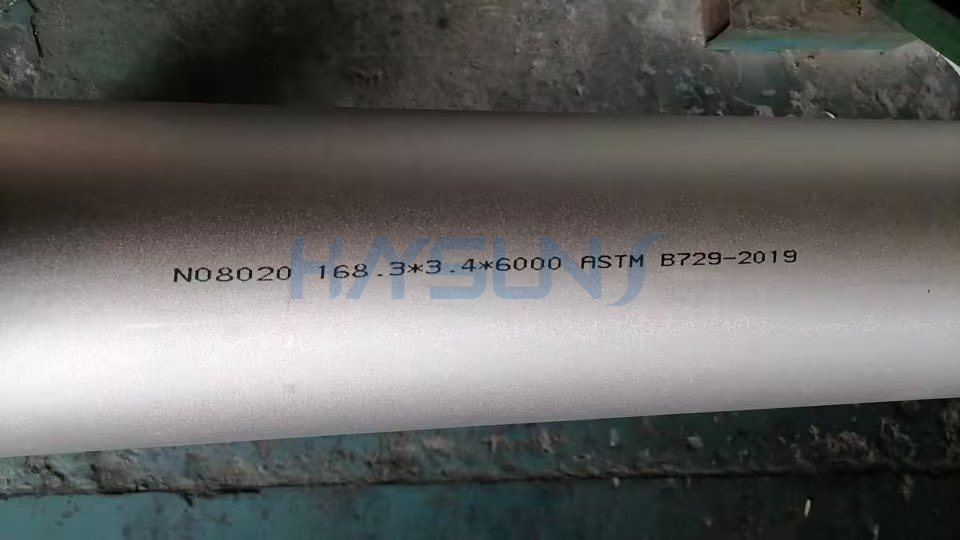5 Types of Stainless Steel
I. Ferritic Stainless Steel
For ferritic stainless steel, its chromium content is around 15% to 30%. Its corrosion resistance, toughness and weldability will be improved with the increase of chromium content, and it performs better in chloride stress corrosion resistance than other types of stainless steel. Though the corrosion and oxidation resistance performance of ferritic stainless steel are good, its mechanical properties and process properties are poor. This kind of steel is usually used for the acid-resistant structure steel requiring or as oxidation resistance steel.
II. Austenitic Stainless Steel
For austenitic stainless steel, its chromium content is more than 18%, and it has contained 8% nickel as well as small amount of molybdenum, titanium, nitrogen and other elements. Austenitic stainless steel has comprehensive performance, and it is resistant to the corrosion of varieties of media. Besides, austenitic stainless steel also has good plasticity, toughness, welding, corrosion resistance, non-magnetic or weak magnetic performance and perform well in its corrosion resistance in oxidizing and reducing medium. This kind of steel is usually used for manufacturing acid resistant equipment, such as corrosion resistant containers and equipment lining, pipeline, nitric acid resistant equipment parts, and so on. Austenitic Stainless Steel also named 300 series stainless steel, they are our main products, including 304, 316L stainless steel pipe and fittings, flanges etc.

III. Austenitic and Ferrite Duplex Stainless Steel
For austenitic ferrite duplex stainless steel, it has the advantages of austenitic and ferritic stainless steel, and it perform superbly in its plasticity. This type of steel has the characteristics of both austenitic and ferritic stainless steel. Compared with ferrite, it has higher plasticity and toughness, and no brittleness happens under room temperature. Besides, its intergranular corrosion resistance and welding performance are significantly improved, while maintaining the brittleness of ferritic stainless steel under 475 Celsius Degree and high thermal conductivity.
This steel has superb plasticity. Compared with austenitic stainless steel, it has higher strength and resistance to intergranular corrosion and chloride stress corrosion. And duplex stainless steel has excellent corrosion resistance and it belongs to the nickel-saving stainless steel.
Duplex stainless steel is another product for us. Duplex 2205 pipe and duplex fittings are our strength.
IV. Precipitated Hardening Stainless Steel
For precipitated hardening stainless steel, its base structure belongs to austenite or martensite. And it is generally known as 04Cr13Ni8Mo2Al. This kind of stainless steel develops from the normal stainless steel which is treated with precipitation hardening (also known as aging hardening).
V. Martensitic Stainless Steel
For martensitic stainless steel, it has high strength, but performs poor in tis plasticity and weldability. The commonly-used grade for this stainless steel includes 1Cr13, 3Cr13, and so on. Due to its high carbon content, it has higher strength, hardness and wear resistance, but the corrosion resistance is relatively worse. This kind of stainless steel is generally applied in the parts which requires for high mechanical performance and corrosion resistance, such as springs, steam turbine blades, hydraulic valves, and so on. This kind of steel is usually used after quenching and tempering. Annealing is required after forging and stamping.



